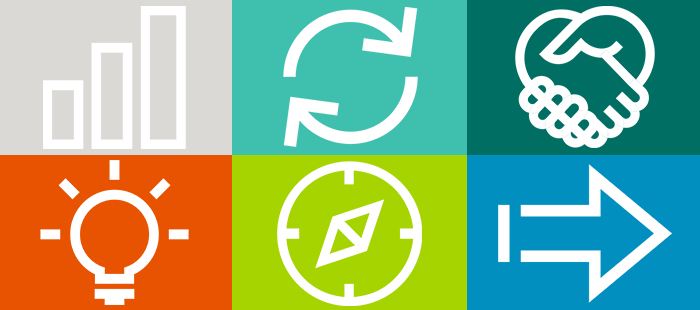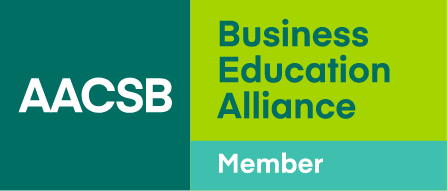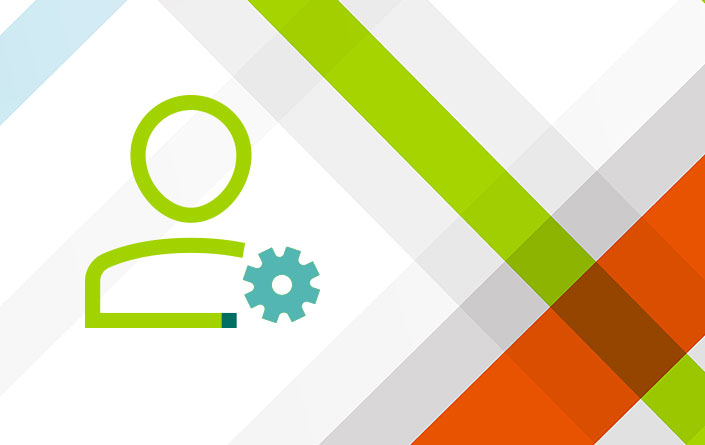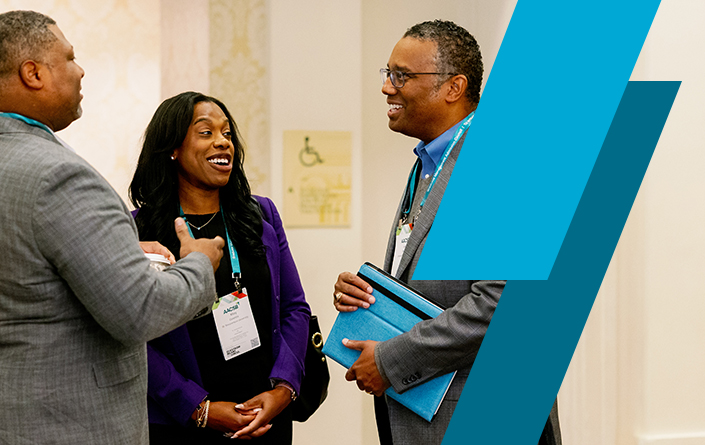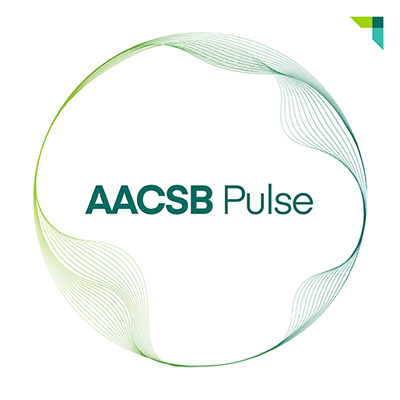The Role of Reflection in AI-Driven Learning
- Without meaningful reflection, students who use AI as a tool for experiential learning might miss critical insights and gain only surface-level understanding, thereby failing to grow from their experiences.
- Many students struggle with introspective exercises due to rigid educational models, lack of practice, and a focus on individual performance.
- By embedding guided, flexible, and purposeful reflection into the curriculum, educators can transform AI-driven learning from a technical exercise into a powerful and deeply personal educational journey.
Experiential learning has emerged as a transformative tool in education. It empowers students to engage in hands-on, real-world problem-solving, and it fosters skills that traditional classroom settings often struggle to cultivate.
This transformative power has only intensified with the use of artificial intelligence (AI). However, while AI-driven experiential learning offers immense potential, many schools fail to incorporate one critical component: student reflection.
Reflection serves as the crucial, yet often overlooked, bridge between experience and insight. Moreover, even when schools do make it part of their curricula, many students still find it difficult to engage in this vital process.
Why Do Students Struggle With Reflection?
Reflection is not an innate skill; it must be deliberately cultivated. There are several reasons that students might find the activity so challenging:
Their past experiences have overemphasized individual performance. Traditional educational systems often prioritize individual achievement over collaboration and action over critical thinking.
This focus can hinder students from exploring broader perspectives or considering external factors that influence their learning. For example, a student might excel at using an AI tool to solve a problem but fail to consider the ethical implications of using that solution or the impact it might have on different stakeholders.
They are provided with rigid reflection models. Popular tools such as Gibbs’ Reflective Cycle or Kolb’s Experiential Learning Theory provide structure, but they also can sometimes feel restrictive. Students may feel pressured to adhere to a specific format, leading to them to produce formulaic responses rather than engage in genuine introspection. For instance, students might mechanically fill out dedicated templates without truly engaging with the material or considering how their experiences have shaped their understanding.
The impact of inadequate reflection can be profound, as it could cause students to gain false confidence in their abilities and understanding.
They are offered insufficient guidance or opportunities to practice. As a result, students may struggle to draw meaningful connections between their experiences and the lessons learned. When this happens, the process can become superficial, lacking depth or the potential for actionable insights.
For example, students might write, “I enjoyed using the AI tools” or “I used these prompts in searching” without exploring why they enjoyed using these tools or how they can improve their prompt writing. They would not take time to think about what they learned, why that knowledge matters, or how they can apply it in the future.
What Is Meaningful Reflection?
Reflection isn’t just about looking back; it’s about uncovering the connections between actions and outcomes, and between outcomes and learning. Nonetheless, most students tend to focus on their personal feelings and emotions during introspection, which can lead to a lack of purpose-driven reflection.
In addition, when students focus solely on their personal reactions, they can overlook external perspectives and group dynamics. Therefore, purpose-driven contemplation involves asking a range of critical questions:
- What did I/we learn from this experience?
- How did this challenge my assumptions?
- What would I do differently next time?
- How can this learning experience be used in real-life situations?
For example, students using AI to analyze market trends might reflect on how their initial assumptions and responses to external factors influenced their interpretations of the data. By recognizing these biases and dynamics, they can improve their analytical skills and approach future problems with greater awareness.
What Are the Outcomes of Poor Reflection?
The impact of inadequate reflection can be profound, particularly in the context of AI-driven experiential learning, as students could gain false confidence in their abilities and understanding. Based on my experience teaching business management to Year 3 students, I believe the following are some of the consequences of ineffective methods:
- Superficial learning. Without critical reflection, learning remains surface-level. Students might use AI tools to generate answers without understanding the underlying processes, which could limit their ability to apply these skills in new contexts. For example, a student might use an AI-powered chatbot to complete an assignment but fail to grasp the principles behind the solution.
- Missed connections. Students might not recognize how their experiences relate to broader concepts or real-world applications. In the context of AI, this could mean that they do not understand how theoretical knowledge applies to practical scenarios, such as interpreting data patterns or designing algorithms. For instance, a student might use AI to analyze customer behavior but not see how the analysis reflects broader trends in consumer psychology or market dynamics.
- Stagnation. A lack of self-analysis can lead to repeated mistakes and missed opportunities for growth. As one example, students might continue to use ineffective prompts or approaches when interacting with AI tools, resulting in subpar performance. If students do not reflect on their experiences and learn from their errors, they might not recognize the potential for improvement or innovation.
When students do not reflect effectively, they miss opportunities to deepen their understanding, gain skills, and improve future performance. This is particularly critical in AI-driven learning, where the rapid pace of technological change demands continuous adaptation and growth.
How Can We Improve Reflection in Learning?
To prevent such negative outcomes, educators and institutions must rethink how reflection is integrated into experiential learning. For this, they could consider adopting one or more of the following strategies in their classrooms:
Encourage students to practice critical thinking. Move beyond individual performance to instead encourage students to consider external perspectives, ethical implications, and systemic factors. For example, after having students use an AI tool to solve a problem, ask them to evaluate the ethical implications of the solution or consider alternative approaches. If an AI tool recommends a marketing strategy, students could reflect on how this strategy might impact different demographics or communities.
Additionally, include a reflective question at the end of every session as a summative task that leads to a formative assessment, such as a portfolio. For instance, ask students to reflect on how well they understand AI’s limitations on a given topic. By integrating critical thinking into their introspective processes, students can develop a more nuanced understanding of the interplay between technology, ethics, and real-world applications.
Promote flexible reflection methods. Emphasize that there is no single “right” way to reflect. Encourage students to explore methods that resonate with them, such as writing, discussion, or creative expression. Mind mapping and reflective drawing can also be valuable tools to help them understand and analyze relationships between variables and actions.
For instance, have students create a mind map to explore the implications of different AI tools and compare their findings. Offering diverse methods of reflection is a good way to cater to different learning preferences and make reflection more engaging and personalized.
Provide guided reflection. Introduce prompts to help students draw connections between their experiences and learning outcomes. Here are a few possibilities:
- What surprised you about this experience?
- How did this challenge your assumptions?
- What would you do differently next time?
- What skills did you develop or improve during this experience?
- How can you apply what you learned from this experience to other areas of your life or studies?
Foster a culture of reflection. Share your own reflective practices with students, demonstrating how you learn from your own experiences and adapt your approaches. Additionally, encourage students to share their reflections with peers, fostering a collaborative learning environment where they can learn from each other’s insights.
Furthermore, highlight stories of students who have experienced significant growth through the use of reflective practices. In doing so, you will reinforce the value of making this activity an ongoing part of their learning.
Reflection is a deeply individual journey that requires students to demonstrate flexibility, seek guidance, and possess the courage to challenge assumptions.
Through my experience embedding AI into my curriculum, I have found that reflection is a vital component of experiential learning. Many of my students have used AI to analyze market trends or conduct thematic analysis, only to struggle to explain their findings. Through guided exercises, however, they began to see how their initial assumptions had skewed their analyses. As a result, they cultivated a deeper understanding of both the data and their own thought processes.
Such outcomes highlight the transformative power of reflection. While AI can enhance learning, its true potential is unlocked only when students are equipped to reflect deeply and critically about their experiences.
Providing a Transformative Learning Journey
Reflection is not a one-size-fits-all strategy, nor is it a linear process. It is a deeply individual journey that requires students to demonstrate flexibility, seek guidance, and possess the courage to challenge assumptions. By fostering cultures of meaningful reflection, we can help students transform their learning experiences into lasting insights and personal growth.
As AI continues to reshape education, we must not lose sight of the human element: our ability to reflect, learn, and grow. By addressing the challenges that deliberate introspection presents, and by providing students with the tools and support they need to overcome these challenges, we can ensure that experiential learning truly lives up to its potential.
After all, the goal of education is not for our students just to learn, but to understand what they learn. And true understanding begins with reflection.

